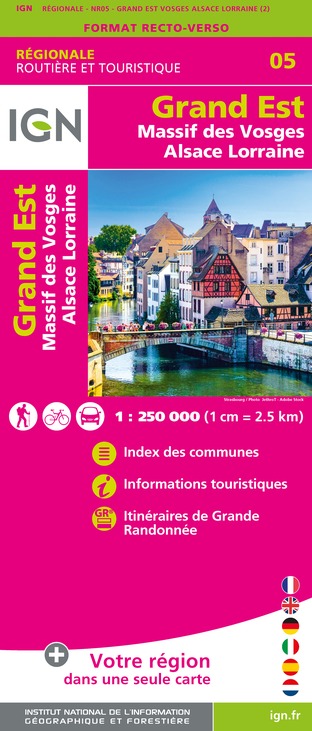Alert
Alerts
Mons Memorial Museum








Description
A must-visit for anyone curious about history and heritage.All year round, the Mons Memorial Museum invites visitors to reflect!A vast permanent exhibition allows the public to explore the unique history of the city. Through the stories of men and women who witnessed these events, visitors are immersed in the daily lives of soldiers as well as civilians during wartime. A collection of unique objects! The displayed items, carefully selected from the 5,000 objects in the military history collection of the City of Mons, spark curiosity and provoke thought.The permanent exhibition of the Mons Memorial Museum is interspersed with various testimonies that serve as the guiding thread of the visit. Letters, notebooks, and interviews bring the displayed objects to life, offering a sensitive perspective on the events covered. British, American, Canadian, and Belgian testimonies are presented alongside German accounts, adding depth to the international events showcased in the museum.Accessibility for the visually impairedVisually impaired individuals who wish to enjoy a cultural experience tailored to their needs can visit the museum thanks to a close collaboration with "Les Amis des Aveugles". Specific adaptations and museum guides in Braille have been developed to ensure accessibility.
Technical Information
Altimetric profile
Additional information
Période et horaire d'ouverture (EN)
Closed from January 6 to January 19, 2026.
Opening hours: Tuesday to Sunday, 10 a.m. to 6 p.m.
Last admission: 4:30 PM.
IGN cards







Data author
